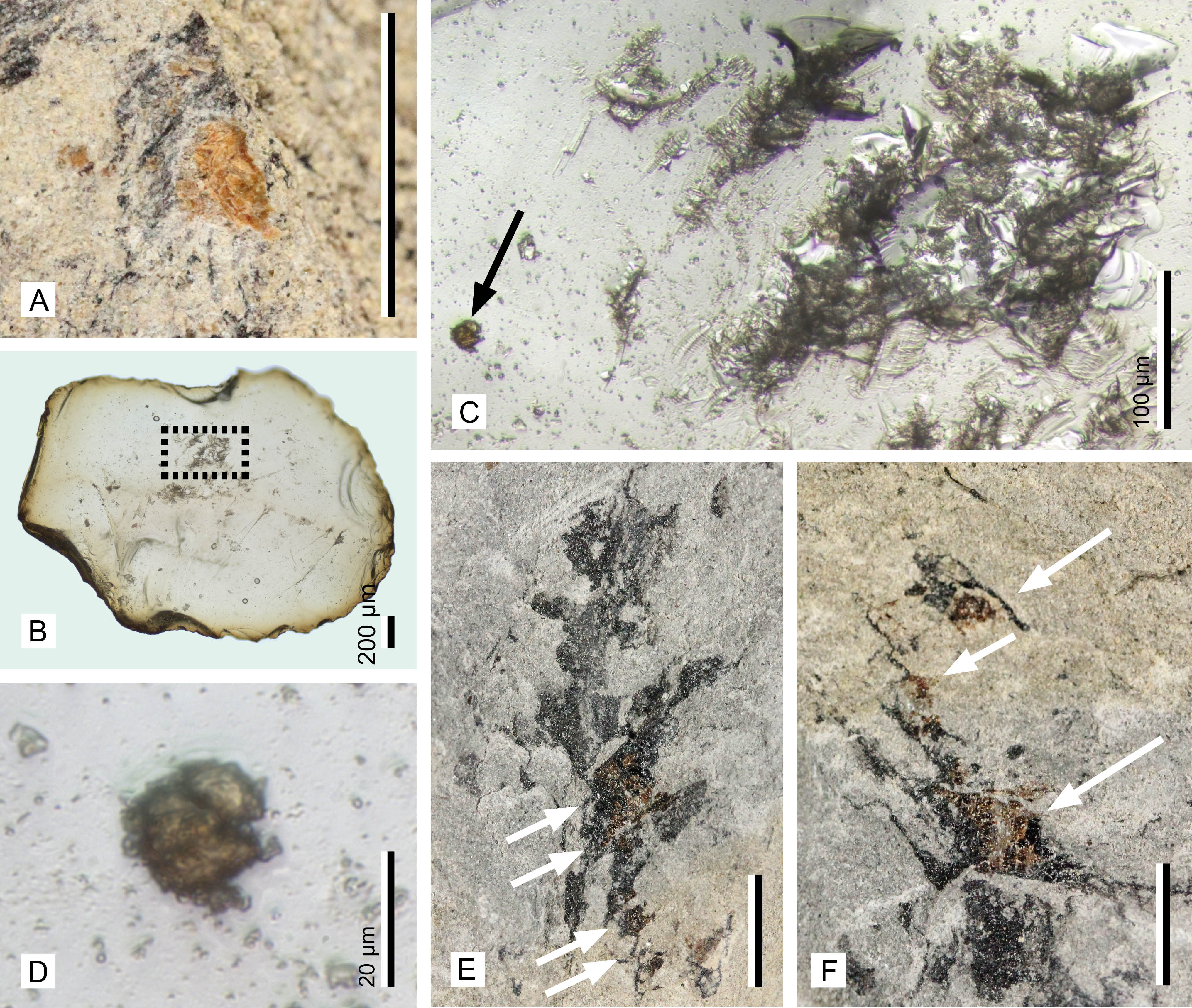AMBER DROPLETS IN THE SOUTHERN ALPS (NE ITALY): A LINK BETWEEN THEIR OCCURRENCES AND MAIN HUMID EPISODES IN THE TRIASSIC
DOI:
https://doi.org/10.54103/2039-4942/15381Abstract
The Anisian amber from the “Voltzia beds” of the Recoaro area, produced by Voltzia recubariensis, represents the most ancient Triassic amber known so far. The discovery of amber in the Anisian localities of Kühwiesenkopf/Monte Prà della Vacca and Piz da Peres, in the Dolomites area, fills a gap in the amber fossil record and gives an important contribution to the knowledge of Triassic amber. The finding of amber droplets, both dispersed in the sediment and anatomically connected to shoot fragments of V. recubariensis, demonstrates that during the Anisian this species was a major resin-producer and that the favorable conditions for the preservation of resin and plant remains were present at regional scale. The contribution of Voltziales to Middle Triassic resin production in Northern Italy is also testified by the Ladinian amber from the “Wengener Schichten” of Wengen/La Valle, produced by Voltzia ladinica, whereas the Late Triassic amber was mainly produced by cheirolepidiaceous conifers. The finding of organic body trapped in the amber of Kühwiesenkopf/Monte Prà dalla Vacca is noteworthy, although difficult to interpret, and shows once again its capability to entrap and preserve witnesses of past life. Moreover, the correspondence between the Triassic amber occurrences and regional/global scale humid shifts, suggests a cause-and-effect relationship, in which the rise of amber production/preservation potential is related to climate/environmental changes, particularly in marginal marine/costal environments.

Downloads
Published
2022-01-18
Issue
Section
Articles
License
Copyright (c) 2022 GIUSEPPA FORTE, EVELYN KUSTATSCHER, EUGENIO RAGAZZI, GUIDO ROGHI

This work is licensed under a Creative Commons Attribution-NonCommercial-NoDerivatives 4.0 International License.
The journal allow the author(s) to hold the copyright without restrictions.
Received 2021-04-01
Accepted 2021-09-07
Published 2022-01-18
Accepted 2021-09-07
Published 2022-01-18






